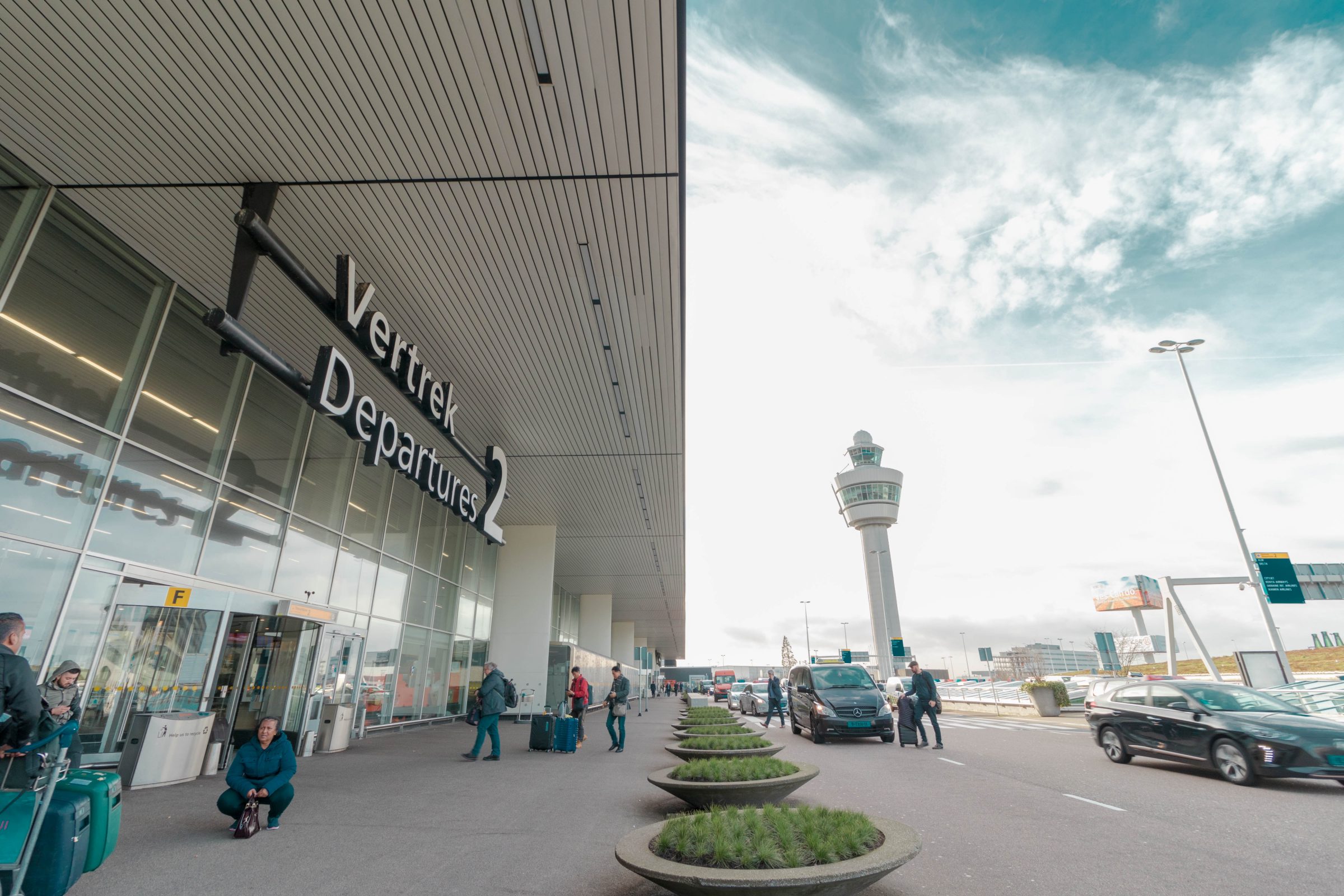
Research shows that job crafting, which is about taking the way you perform your job in your own hands, can bring about numerous positive outcomes. These include engagement, job satisfaction, resilience, performance enhancement. It requires critical reflection on the way you work. And making grounded decisions to make adjustments that will make you feel happier or perform better. It's about the tasks you do, the way you operate these tasks, collaboration with fellow workers, meetings you will not attend anymore (because they don't bring you enough). To summerize, it's all about being your own consultant in answering the question how you can best (re)design your job.
A new challenge for everyone
When entering the new world of ABW, the challenge to shape your job in a way is extended to the whole workforce. Everyone has to think about their own working times, where to work, what device to use when performing different tasks. The necessity of job crafting seems to come automatically with the introduction of ABW. With this in mind PhD graduate Christina Wessels from the Erasmus University Rotterdam thought it would be interesting to study the way specific job crafting activities might help people in adopting new ways of working. In March 2017 she graduated on the thesis "Flexible working practices - How employees can reap the benefits for engagement and improvement".
Job crafting or sticking to routines?
The conclusion of her thesis is two-folded. On the one hand her research indicates that employees - and the organization with them - will profit in terms of engagement and performance, if people enact time-spatial job crafting (where to work, when and at what task) and media job crafting (what IT-tools to use at what task). On the other hand, there is a tendency of employees to stick to old routines. The main reasons are: not enough diversity in job activities to make changing places worthwhile, changing is too time consuming and too much effort, preference to remain close to colleagues (or doing so because of peer pressure), having a preferred workplace and coming in early to secure the spot. Time also plays a role. A longitudinal study indicates that employee perceptions on flexibility are not static but dynamic and increase over time. Getting more familiar with digital tools and the new possibilities they offer, in the long run will generate more employee support for flexible working.
Give it a push
So as a manager you can sit and wait, or give a little push. I would opt for the last. This can be done with workshops, by analyzing current work patterns and re-thinking them, by giving people time to anticipate their new way of working. After the move-in the manager or Team Leader can take over by showing exemplary behavior, by offering coaching on the job and by discussing the topic in work meetings.
No surprise
For Veldhoen + Company the outcomes of the research are no surprise. We recognize them and can relate to them. In the end the acceptance of change is all about: what's in it for me, what's in it for my teams, does it make sense? And change can bring uncertainty. Will I be able to cope? All these aspects are addressed when you put the current and desired (future) ways of working in the core of your approach, and offer employees possibilities to prepare themselves for the switch to New Ways of Working (NWoW).
The case of Microsoft NL
The importance of the principle to intensively prepare your employees for the new ways of working was well understood by our client Microsoft NL when they moved into their new office The Outlook, back in 2008. Individual working styles were, areas for improvement were identified, employees got time to discover how they would be able to perform at their best in the NWoW environment. Work smarter scenarios were provided, as well as short training sessions like "pimp my workstyle", as well as training on the job by buddies and floor walkers. Finally it was encouraged to share your personal development with your team.
This all may sound a bit pushy and over the top, and probably not suited for every organization, but for Microsoft NL it all paid off remarkably well. The move was extremely successful. Employee satisfaction rose from 5.0 to 8.0, there was a 25% productivity gain, sick leave dropped from 2,5% to 1,5%, housing costs dropped 30%, and as icing on the cake they were the winner of the "great place to work award" three years in a row!
If you're curious what else Microsoft NL undertook to reach this stunning result, you can find more information here.

